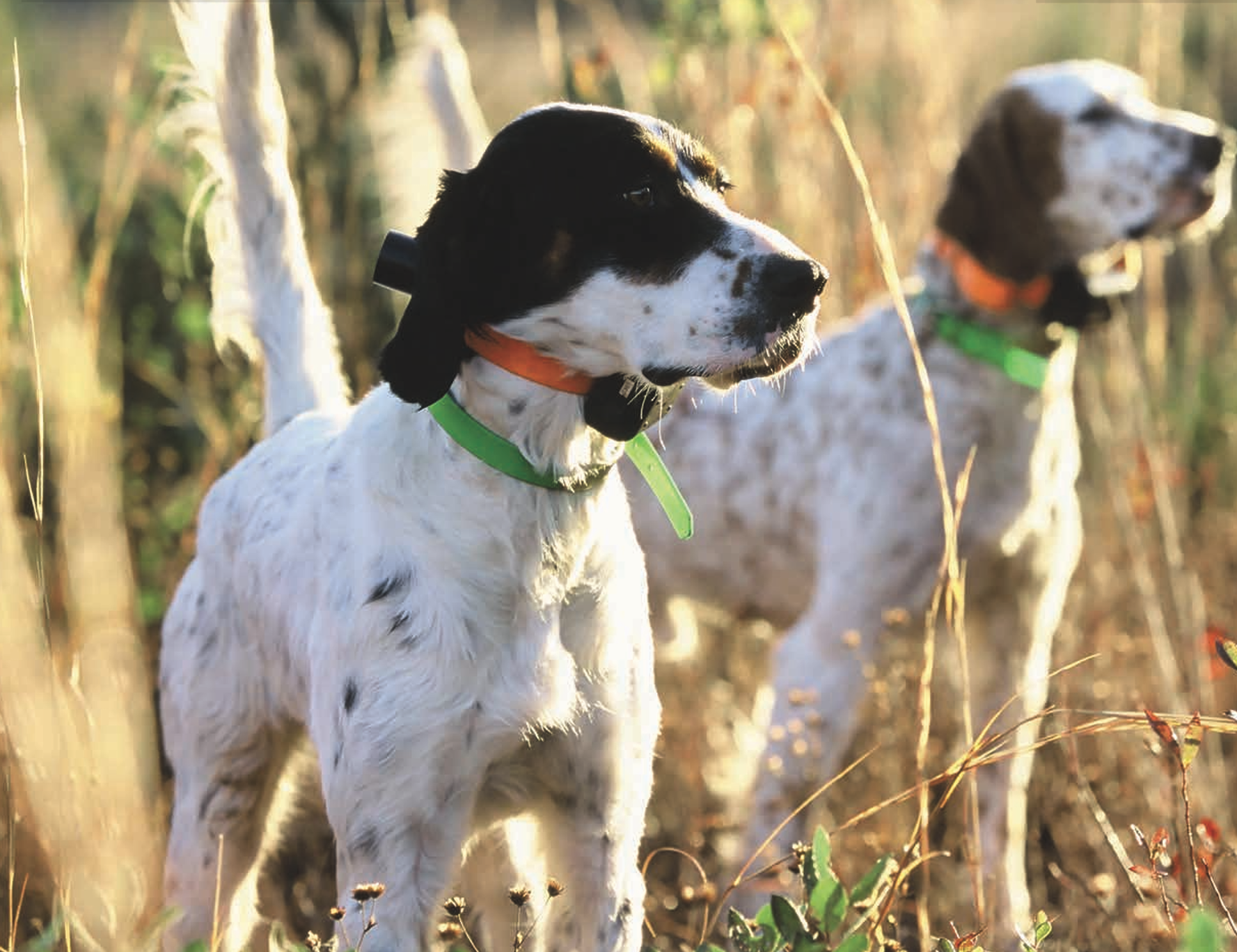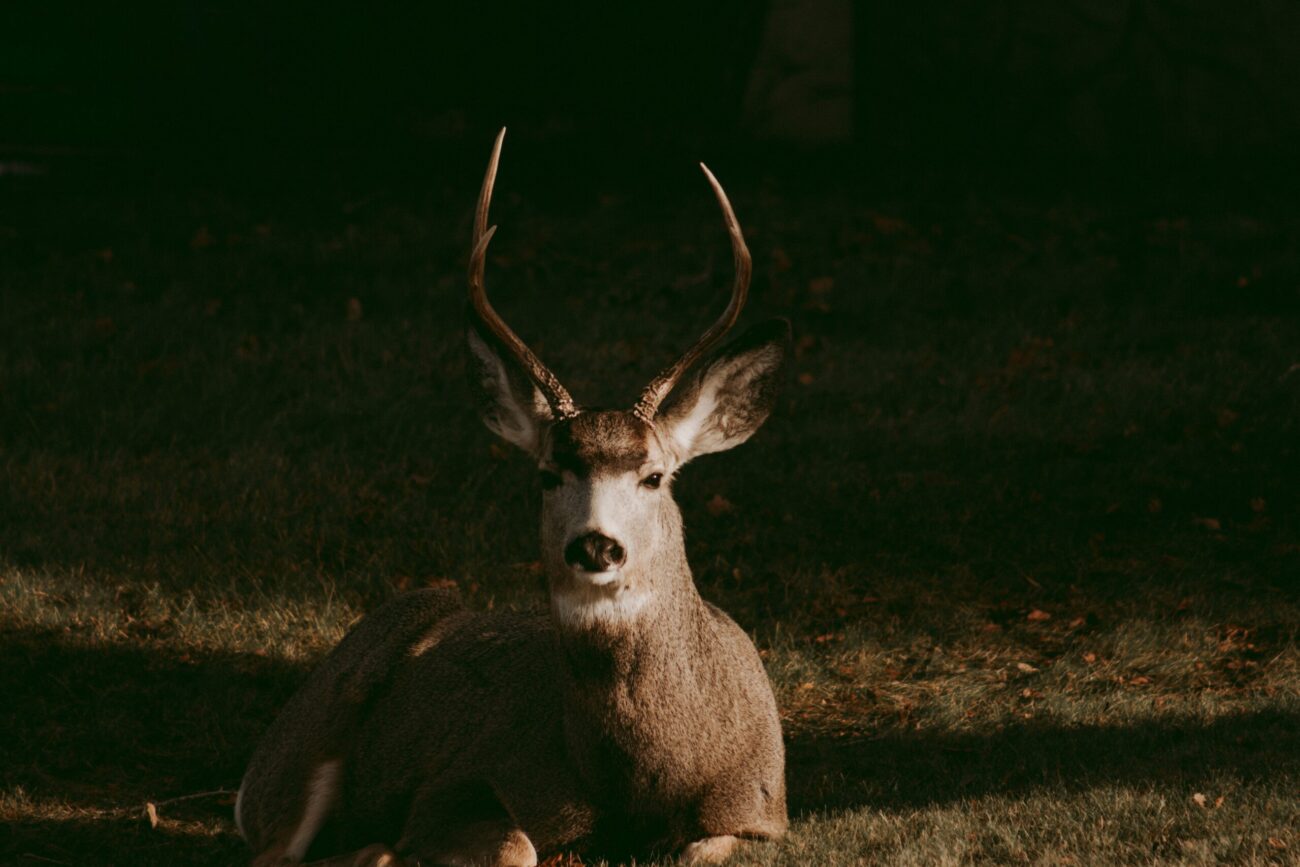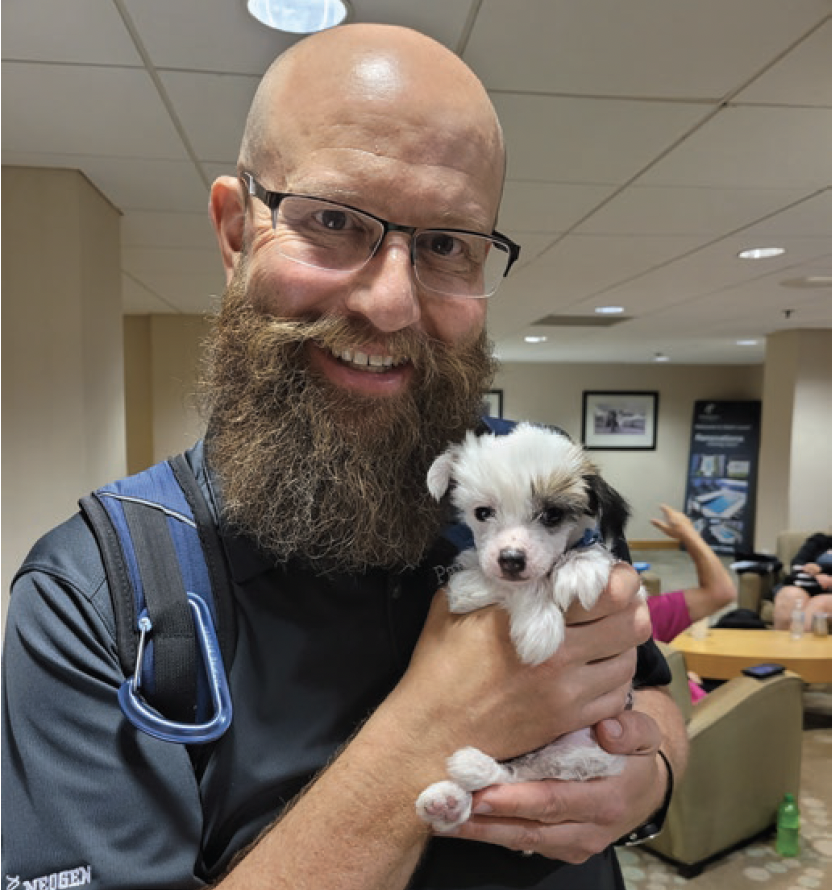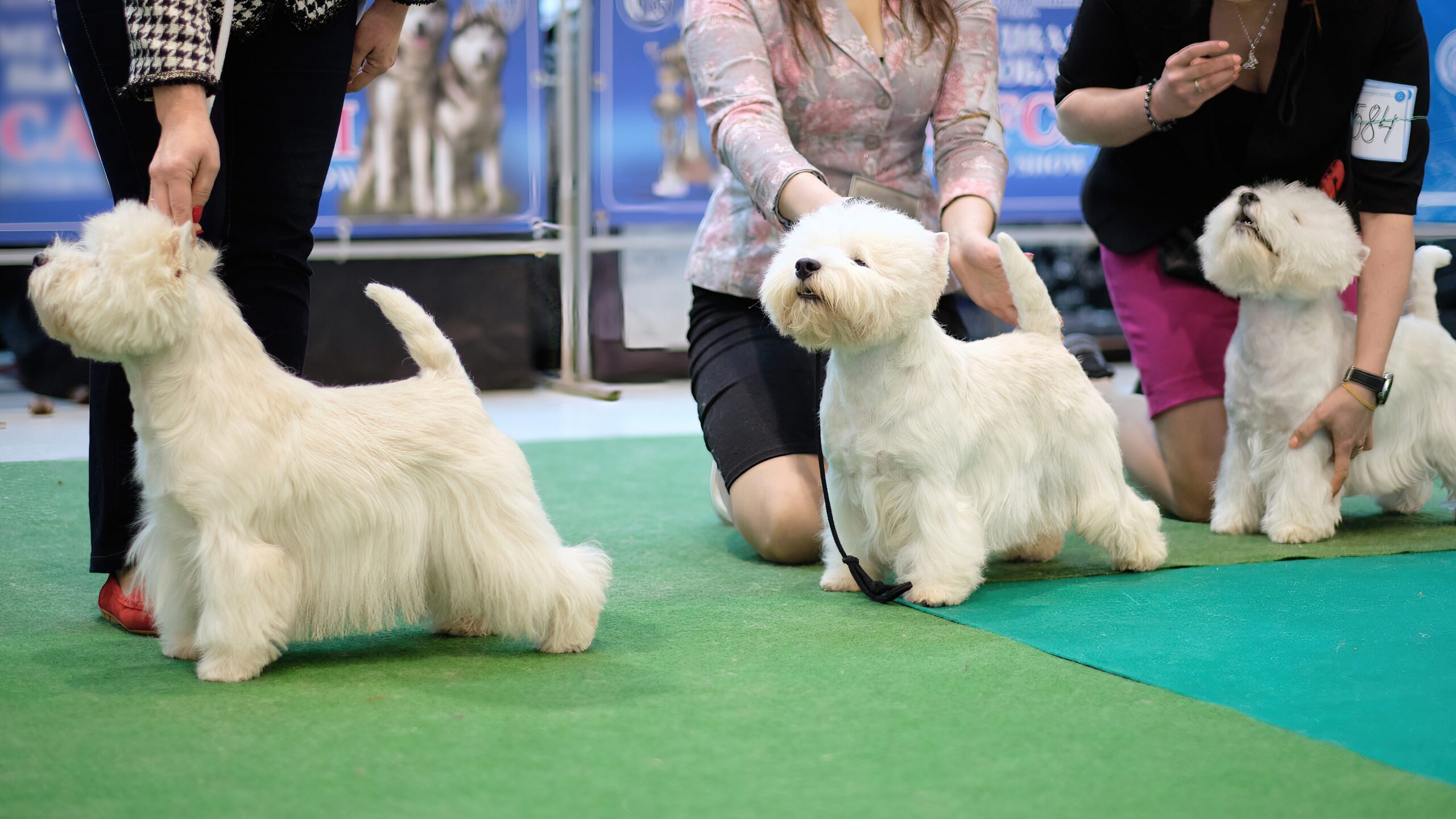November 8th 2021 at 8:40 am, Dr. Strangelove, the decoy, was in place and I had just finished a violent rattling session, in hopes of attracting a good buck. This would be my last day to hunt here as I was leaving to hunt the midwest at the end of that week. A few minutes had passed and all of a sudden, the silence was broken. I could hear the all so familiar walk of a buck on a mission. I could barely make out movement in the thick brush 75 yards away, so I left out a grunt from my call and immediately followed up with a snort wheeze. The buck changed direction and was now heading my way.
A giant PA whitetail emerged from the swamp, and the buck of a lifetime was heading in my direction. He was the largest whitetail I have ever laid eyes upon while hunting. He spotted Dr. Strangelove and left out a snort wheeze of his own. He bristled up with ears pinned back and continued to march straight to his newly found adversary.
I readied my bow and came to full draw. The giant stepped out at 31 yards, but I did not have an opening. He began to circle Dr. Strangelove and presented a wide-open opportunity at 41 yards. I steadied the bow, and the arrow took flight. At impact, I had believed the shot was good. It was not. The buck had changed his angle and I had failed to compensate for it, and I had hit him just a little too far forward. The blood was great for about 600 yards and then just disappeared into the leaf cluttered forest floor. My heart was broken. I searched for him for 3 days with the help of a couple of buddies, and many tears were shed in that swamp over that time frame. I looked to the heavens and asked for forgiveness for wounding such a magnificent creature, and I also asked for guidance as to how to make this gut-wrenching experience good.
At the base of the tree that I had taken the shot from 3 days prior, Dexter The Deer Dog became a concept. The trip to the midwest still happened, but my mind was consumed with this new path, my new journey, and the research began.
Using tracking dogs to find wounded game was and still is fairly new to Pennsylvania. It’s only by the efforts spearheaded by Tracker Andy Bensing, from Berks County, Susan Edwards, from Armstrong County and The United Blood Trackers, that legislation has recently been passed in 2018. Without their efforts we probably wouldn’t be privileged with this valuable service, Wounded Game Recovery, that is currently legal in 44 out of 50 states.
I began my search for information, and this when I discovered Dogbone Hunter, Jeremy Moore’s Channel on YouTube. It was loaded with valuable information on training, and Jeremy’s style of training really appealed to me. He was definitely a man doing exactly what he was meant to be doing. Everything I was looking for was right at my fingertips.
I began researching breeds suited for the task at hand and one thing that stood out from the information that I had been gathering, was family dog first. At the time, I was also a single dad of a toddler that was soon to be 3 years old.















